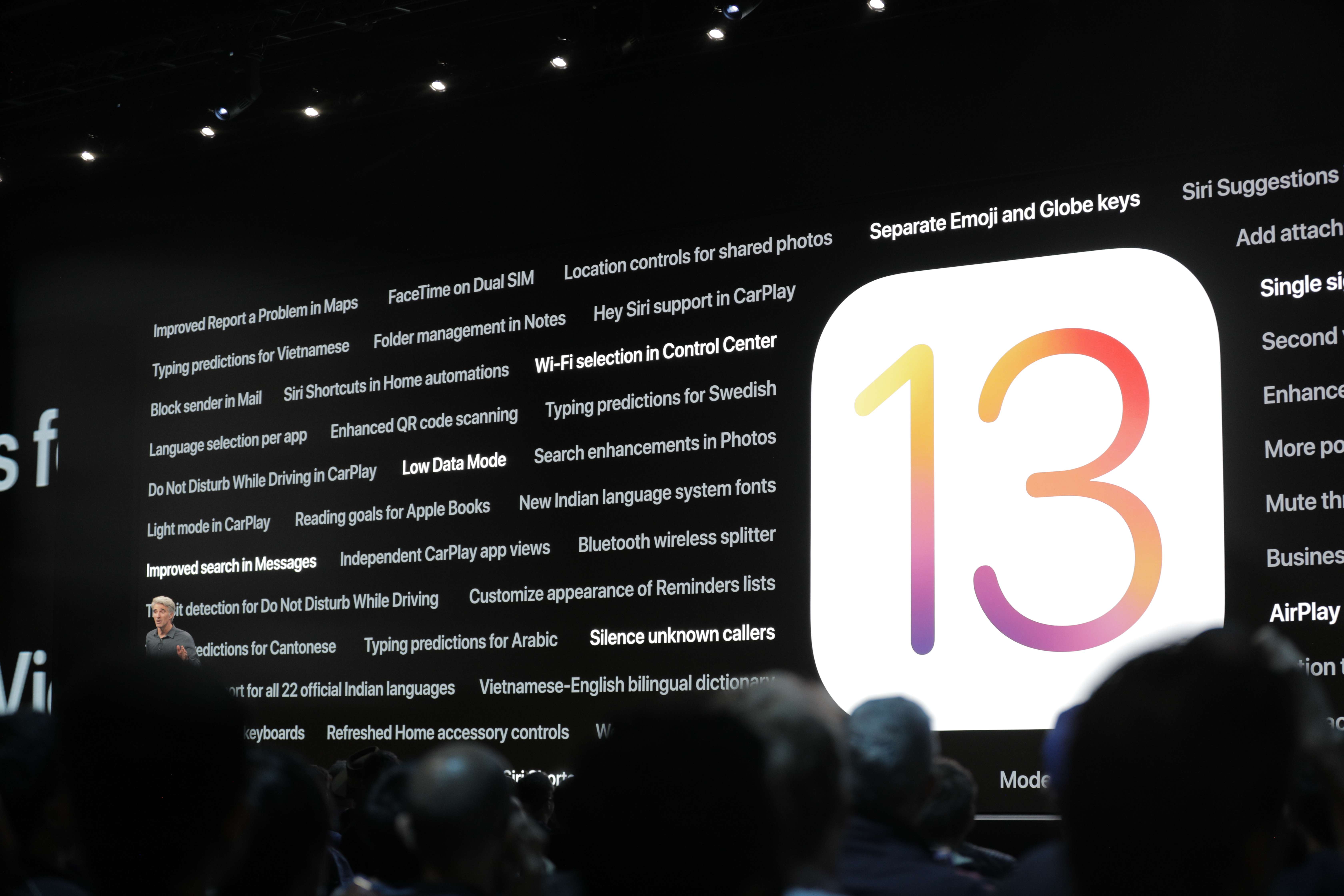
NFC gets a lot more powerful in iOS 13
- Select a language for the TTS:
- UK English Female
- UK English Male
- US English Female
- US English Male
- Australian Female
- Australian Male
- Language selected: (auto detect) - EN
Play all audios:
We’ve already seen the potential for NFC that goes beyond just an easier way to check out at point-of-sale in a traditional retail environment, as with Apple Pay.
For example, both Apple and Google recently announced support for Apple Pay and Google Pay-enabled contactless payments for the NYC Subway. Portland offers something similar, as do several
other international cities.
With the updates to the core NFC framework, however, the iPhone’s NFC capabilities will get even more powerful.
With iOS 13 (on iPhone 7 and up), users will be able to read a range of contactless smartcards and tags, including NFC-enabled passports and other government IDs.
There are already solutions in the works that will take advantage of this new feature.
For example, both Engadget Japan and Nikkei have reported the Japanese government will add support for NFC tag reading to Japan’s national ID (Individual Number Card) when iOS 13 launches
later this year.
The news was confirmed by the Japanese government, via a tweet from an advisor to the government’s CIO:
— Masanori Kusunoki / 楠 正憲 (@masanork) June 11, 2019
In addition, the U.K. government’s NFC passport reader app, ReadID, will now work on the iPhone as a result of the iOS 13 updates.
“This announcement means that ReadID will also work on iPhones, using the embedded internal NFC capability,” the company said in a blog post.
“Needless to say we are very excited about this. We’re convinced this will have a major impact on the online use cases such as mobile onboarding for banks, especially for countries with a
high iPhone penetration,” the announcement read.
Beyond ID-scanning, iOS apps will be able to write to NFC tags (i.e. NDEF writing), and even lock the tag so it can’t be written to again, if the developer chooses.
And now, the core NFC framework will support tag reading and writing across various formats, including not only NFC NDEF Tag (for NDEF tags, as offered today), but also Mifare, FeliCa, ISO
7816 (e.g. for passports), and ISO 15693.
That means NFC will work in more places with more type of tags than what’s available today.
Apple had unveiled some of its plans around NFC by pre-announcing support for NFC stickers and tags that can trigger Apple Pay payments at the Transact conference in Las Vegas, just ahead of
WWDC.
Bird (scooters), Bonobos (retailer) and PayByPhone (parking meters) said they would soon support this feature, which enables NFC transactions without a terminal or special app from the
vendor.
— Steve Moser (@SteveMoser) May 13, 2019
This is enabled by way of new support for Value Added Service (VAS) tags, which also support loyalty sign-ups with merchants. On this front, Apple said that Dairy Queen, Dave & Buster’s and
Caribou Coffee will later this year use NFC tags that make it easier for their customers to sign up for their loyalty programs.
Panera Bread, Yogurtland and Jimmy John’s Gourmet Sandwiches will also pilot instant enrollment.
At Apple’s WWDC, the company demonstrated NFC’s expanded abilities in a real-world scenario.
As an example of NFC in action on an iOS 13 device, the company showed off how a merchant could use NFC tags that displayed a product description after the customer scanned it, as well as
how another NFC tag could offer the customer a coupon for their purchase, when scanned.
Launch Center Pro developer David Barnard, who had been selling NFC tags that were pre-encoded and locked so they couldn’t work with other apps beyond his own, is now unloading older
inventory in preparation for iOS 13. The developer tweeted that his app will soon be able to write to blank NFC stickers, which you can buy in bulk on Amazon.
— David Barnard (@drbarnard) June 11, 2019
In addition, the upgrade to Apple’s Siri Shortcuts app means users could kick off an action or even a multi-step workflow just by scanning an NFC tag.
Developers have wanted more NFC capabilities for some time, and Apple has delivered. Consumers may not understand the underlying technology or know what it’s called. However, they will get
the “tap to interact” functionality thanks to broad Apple Pay adoption, which taught them the behavior.
Sarah has worked as a reporter for TechCrunch since August 2011. She joined the company after having previously spent over three years at ReadWriteWeb. Prior to her work as a reporter, Sarah
worked in I.T. across a number of industries, including banking, retail and software.